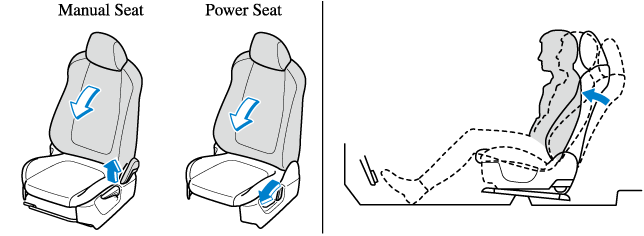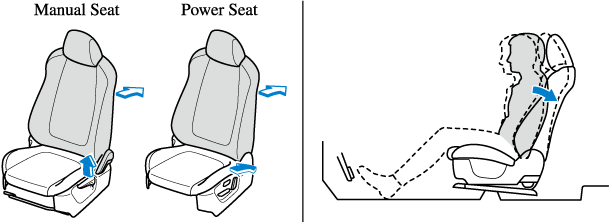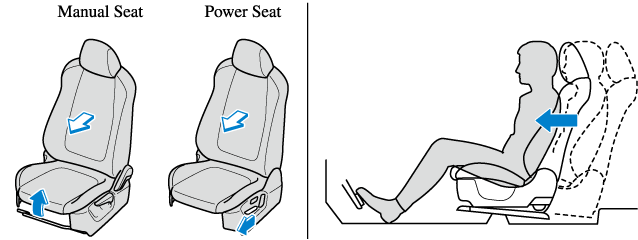- :
- 2019 CX-5 GTR
Getting a definitive answer for "why" on this design choice by Mazda is gonna be difficult unless like @sm1ke mentioned you contact Mazda and start a research case.
If I were to guess why the brake is not in alignment with the gas pedal, I would say "driver experience" and "insert Mazda zen saying here."
If OP is bothered or hindered by the pedal height difference there are PLENTY of solutions for accessibility.
"gas pedal extender"
"gas pedal spacer"
"vehicle mobility solutions"
example:
https://www.amazon.com/dp/ (commissions earned)
If I were to guess why the brake is not in alignment with the gas pedal, I would say "driver experience" and "insert Mazda zen saying here."
If OP is bothered or hindered by the pedal height difference there are PLENTY of solutions for accessibility.
"gas pedal extender"
"gas pedal spacer"
"vehicle mobility solutions"
example:
Gas Pedal Extender - Accelerator Extender
The Step Up Gas Pedal is an extender for your car, truck or van's accelerator. This easy-to-reach gas pedal extender is convenient for those who generally have to stretch or sit uncomfortably to reach their vehicle's pedals.
stepupgaspedal.com



